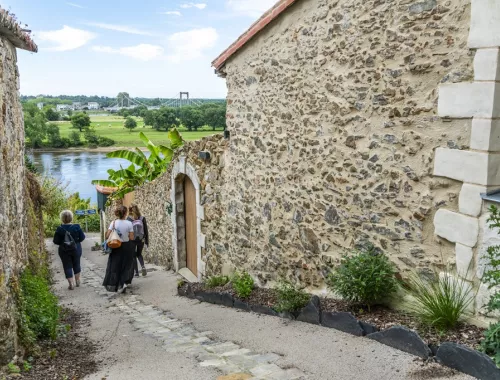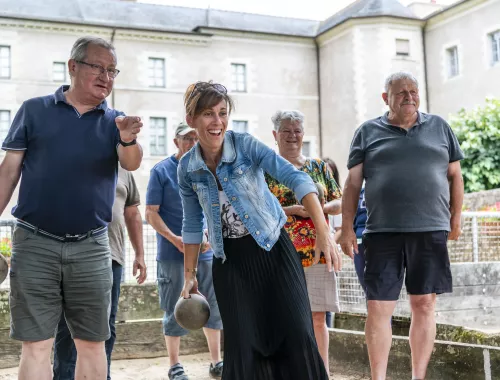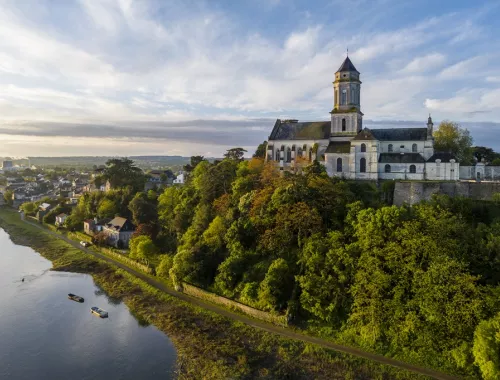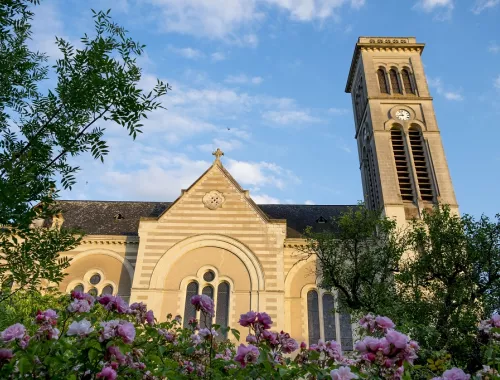Free access
Abbaye Mauriste de Saint-Florent-le-Vieil
Activity
Saint-Florent-le-Vieil
Description
The former Maurist Abbey at Saint-Florent-le-Vieil is now a cultural complex. Its remarkable architectural setting regularly hosts a variety of cultural events, including exhibitions, concerts and film screenings.
Infos
Services
- WiFi
Access
Address
Rue Charles de Renéville
SAINT-FLORENT-LE-VIEIL
49410 MAUGES-SUR-LOIRE
FRANCE
Nearby
Public transport : Anjou Bus (0,5km)
SNCF train station : Gare SNCF - VARADES (3km)
Motorway : A11 (20km)
updated : 29 août 2025By : Pôle Tourisme ôsezMaugesSuggest changes.







